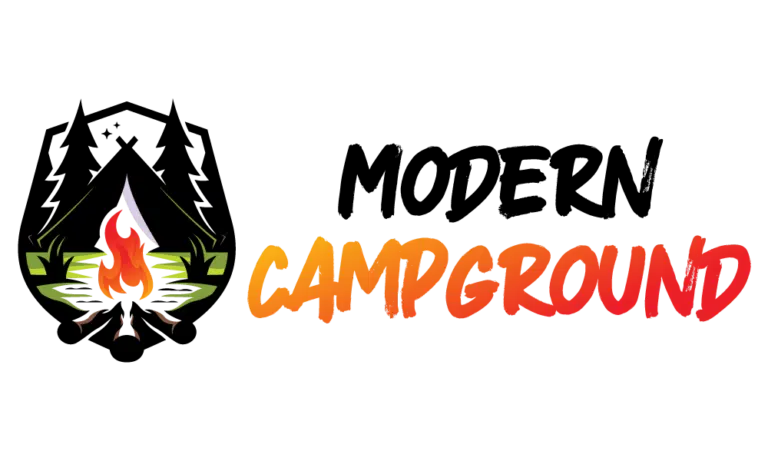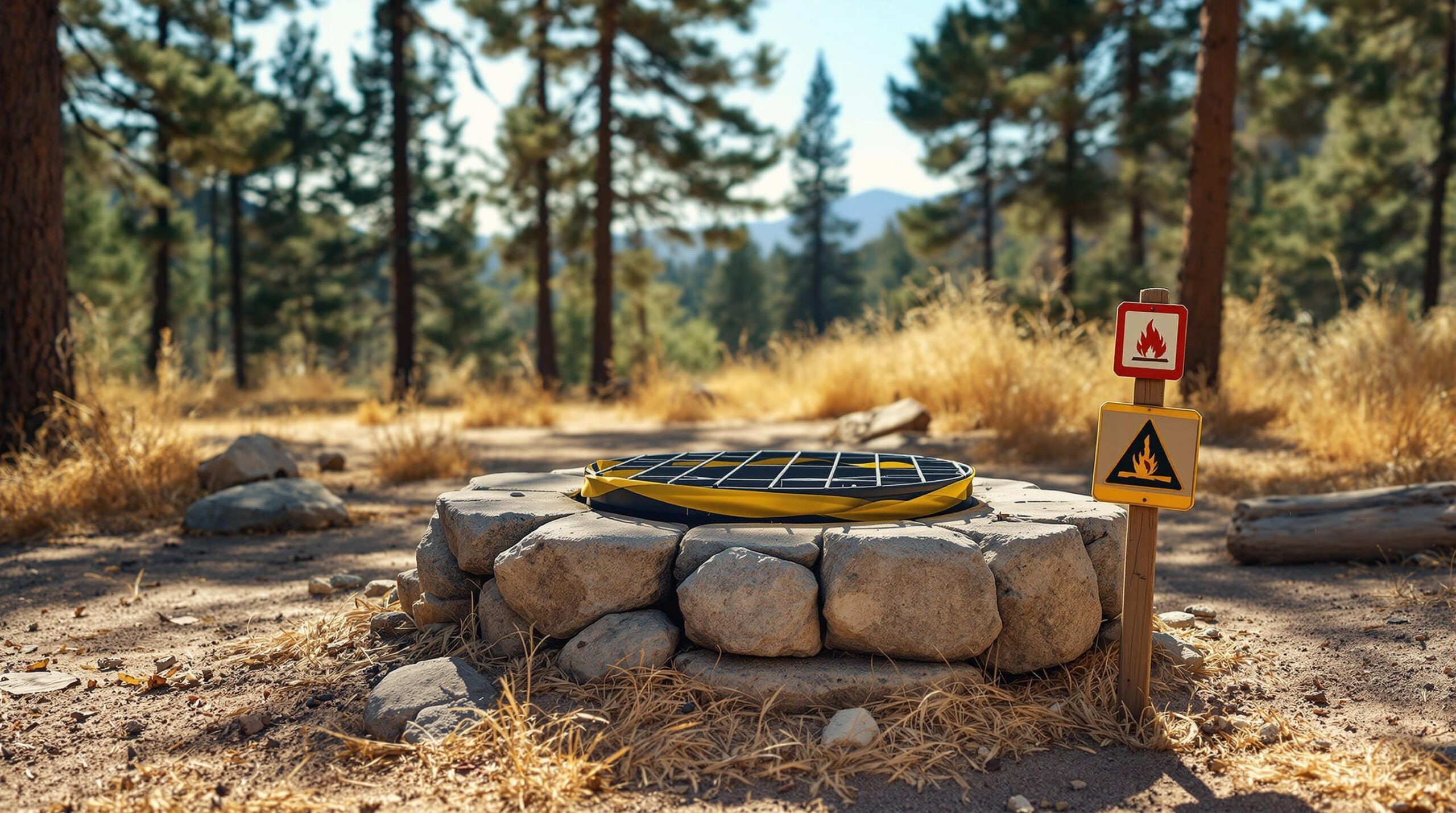Utah has prohibited nearly every form of open flame on public ground beginning at 12:01 a.m. Friday, August 1, when the state escalated to Stage 2 fire restrictions.
The statewide order covers all unincorporated counties, every Utah State Park and the network of national forests and park units inside state borders. Officials cited a prolonged drought and a fast-rising wildfire danger as reasons for moving beyond the more common county-by-county approach.
Stage 2 immediately means “now there should be no open fires of any kind on state and unincorporated lands,” the Park Record report notes. Gas- or liquid-fueled stoves, grills and lanterns with shut-off valves remain legal, but only if they are used at least three feet from vegetation or other flammable material.
The Utah Division of State Parks echoed the directive, noting “absolutely no open fires, including those in established rings, charcoal/pellet grills, or other ash-producing devices,” on its agency rules page. The same advisory clarifies that pressurized devices may be used as long as the three-foot buffer is maintained on cleared ground.
Stage 2 keeps all Stage 1 rules and layers on additional prohibitions—notably the total ban on open fires and solid-fuel devices. Stage 1 curbs on fireworks, tracer ammunition, welding, grinding and smoking outside developed areas remain in force, according to the parks blog. Residents can enroll for real-time alerts and active-fire updates at summitcounty.info/fire, the Park Record noted.
For campground, RV-park and glamping operators, the ban removes a traditional guest offering—the evening campfire—while introducing new compliance obligations. First, install highly visible signs at every entrance, trailhead and reservation counter that use icons to spell out the key do’s and don’ts.
Second, convert communal cooking zones to propane-only units ringed by three feet of bare soil or gravel, and consider providing free propane refills so visitors are not tempted to smuggle in charcoal.
Updating pre-arrival emails, booking engines and in-park text alerts can further reduce accidental violations. A two-minute safety script delivered at check-in, backed by a printed handout, keeps messaging consistent. Properties that market flexible activities—stargazing sessions, battery-powered outdoor movie nights or discounted tickets to nearby indoor attractions—can soften the loss of a campfire experience and avoid refund disputes.
Meanwhile, insurers typically increasingly reward properties that harden their sites against flying embers and fast-moving grass fires. Maintaining 30 feet of defensible space around all structures, pruning branches six to eight feet above ground and installing spark-arrestor screens on chimneys and heater vents are low-cost upgrades. Keeping a 250- to 500-gallon mobile water tank on site gives staff an immediate initial-attack option while emergency crews are en route.
Outdoor-hospitality managers also can mount ABC extinguishers on landscape equipment, integrate the daily fire-danger rating into the property-management system for automatic push alerts and schedule an annual walkthrough with the local fire marshal or insurance carrier. Documented mitigation steps often translate into lower premiums and shorter claim times after a loss.
Operators looking for granular guidance on overlapping state and federal rules can consult Utahfireinfo.gov’s interactive map, which tracks Bureau of Land Management, U.S. Forest Service and National Park Service decisions. Local evacuation and closure notices funnel through summitcounty.info/fire, while the parks blog linked above offers stage-by-stage charts and safety tips.
Because August and September fall within Utah’s peak camping season, according to Utah State Parks visitation data, property managers are encouraged to update emergency plans, review staff training and communicate the new rules to guests before arrival. A short drill with seasonal employees—checking three-foot clearances around gas stoves, for example—can catch mistakes that spark citations or worse.
The August 1 order is among the earliest blanket Stage 2 declarations issued statewide in the past five years, according to Utah Division of Forestry, Fire and State Lands records. By adhering to the restrictions—and by reinforcing defensible-space and guest-education practices—the outdoor-hospitality sector can help reduce the risk of human-caused ignitions during an exceptionally dry summer and the potential for a severe fire season.


